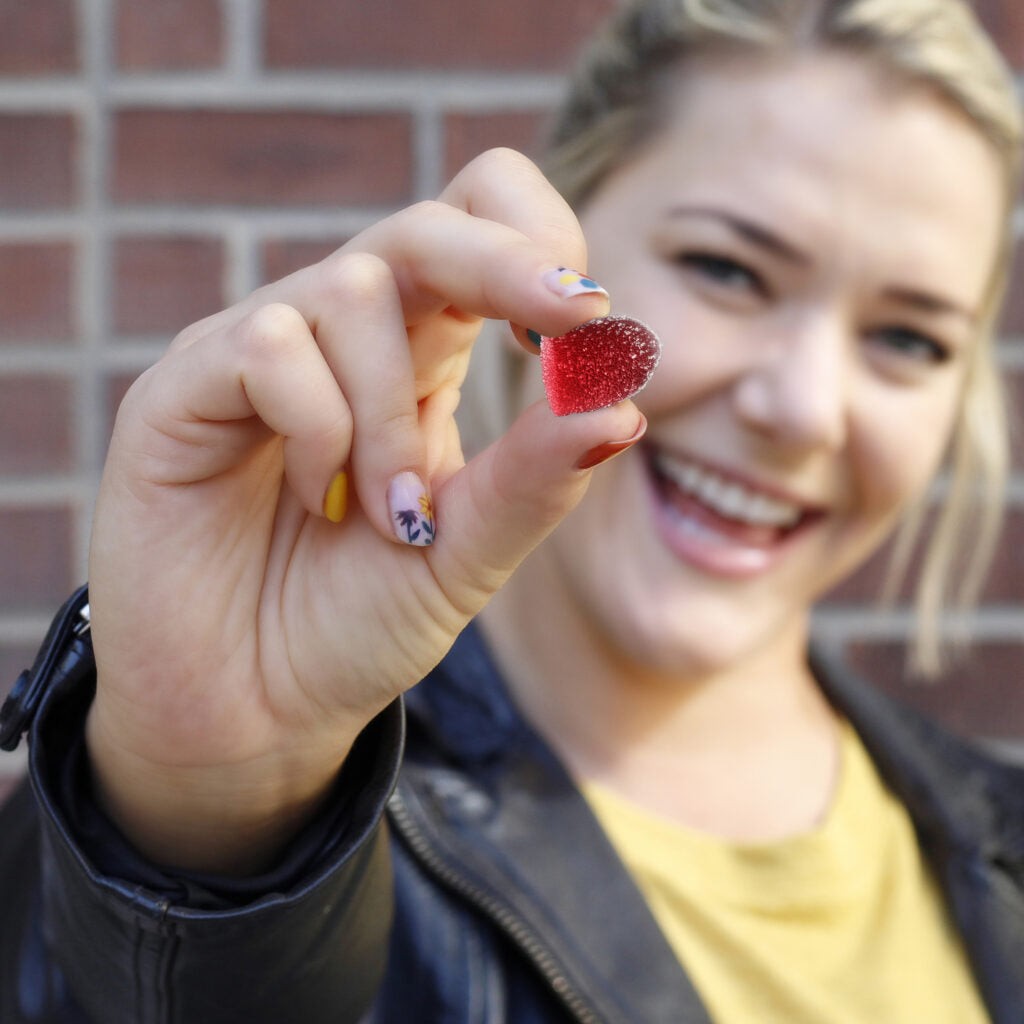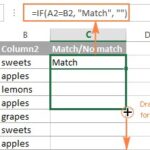Cannabis consumption has evolved significantly, offering various methods to experience its effects. Among these, edibles and smoking stand out as popular choices, each with distinct characteristics. You might be wondering how a precise dose of 5mg of THC in an edible compares to the experience of smoking cannabis. This article aims to clarify these differences, focusing on safety, dosage control, health implications, and the overall experience of consuming cannabis in these two forms. We’ll delve into how your body processes THC differently depending on the method of consumption, helping you make informed decisions about what suits your needs and preferences best.
Are edibles truly safer than smoking? How does the intensity and duration of effects vary? And crucially, how does a measured 5mg dose of THC in an edible stack up against the more variable intake from smoking? Let’s explore these questions to give you a comprehensive understanding.
Edibles Versus Smoking: Safety and Dose Control
When considering safety and dose control, edibles generally offer a more controlled experience, particularly when compared to smoking. With edibles, such as gummies, you have the advantage of knowing precisely how much THC you are consuming – for example, 5mg. This precise dosage is a significant benefit, especially for those who are new to cannabis or have specific dosage requirements for therapeutic purposes.
Smoking, on the other hand, presents a challenge in accurately gauging THC intake. When you smoke a joint or use a pipe, the dosage is estimated based on factors like the amount of cannabis used and the number of puffs taken. The potency of cannabis itself can also vary widely, making it difficult to determine exactly how much THC you are inhaling with each puff. This variability makes achieving a consistent and predictable dose much harder with smoking compared to consuming a 5mg THC edible.
While smoking delivers quicker effects, the controlled dosage of edibles, especially at a low dose like 5mg, provides a more predictable and manageable experience, reducing the risk of overconsumption, particularly for those sensitive to THC or new to cannabis.
Smoking Cannabis: Immediate Effects, Variable Dosage
Smoking cannabis has been a traditional and long-standing method of consumption. The primary appeal of smoking lies in the rapid onset of effects. When you inhale cannabis smoke, THC is quickly absorbed into the bloodstream through the lungs, leading to almost immediate effects. This quick feedback loop allows users to feel the impact almost instantly, which some find desirable for immediate relief or recreational enjoyment.
Pros of Smoking:
- Rapid Onset: Effects are felt within minutes, offering immediate feedback.
- Dose Adjustability (Perceived): Users can theoretically adjust intake puff by puff based on immediate effects.
- Shorter Duration: The effects of smoking tend to be shorter-lived compared to edibles.
Cons of Smoking:
- Respiratory Risks: Inhaling smoke, regardless of the source, can irritate the respiratory system and potentially lead to long-term health issues.
- Variable Dosage: It’s challenging to accurately measure THC intake when smoking, making it easier to consume more than intended unintentionally.
- Odour and Social Stigma: Smoking produces a distinct odor that can be undesirable or draw unwanted attention.
- Throat Irritation: The harshness of smoke can irritate the throat, especially for new users.
- Potential for Habit Formation: Smoking may be more associated with habit-forming behaviors than edible consumption.
While the rapid onset might seem like a dosage advantage, in reality, it contributes to the variability. It’s harder to control the precise milligrams of THC you are taking in compared to a pre-dosed 5mg edible. Furthermore, the health risks associated with inhaling combusted plant material are significant drawbacks.
Edibles: Controlled Dosage, Delayed Onset, Lasting Effects
Edibles offer a smoke-free alternative to cannabis consumption, eliminating the respiratory risks associated with smoking. They come in various forms, including gummies, chocolates, and beverages, providing palatable options, especially for those who are not smokers. A 5mg THC edible provides a precise and measured dose of THC.
Pros of Edibles:
- No Respiratory Risks: Edibles bypass the respiratory system entirely, eliminating lung irritation and potential long-term damage from smoke inhalation.
- Precise Dosage: Products like 5mg THC edibles offer accurate and consistent dosing.
- Longer-Lasting Effects: Edible effects generally last longer than those from smoking, which can be beneficial for sustained relief.
- Discreet Consumption: Edibles are more discreet than smoking, both in terms of consumption method and lack of odor.
- Palatable Options: Available in various flavors and forms, making them more appealing to some users.
Cons of Edibles:
- Delayed Onset: Effects can take 30 minutes to two hours to manifest, leading to potential overconsumption if users take more before feeling the initial dose.
- Potentially Intense Effects: Due to the way the body processes THC from edibles, the effects can be more intense and longer-lasting than smoking, especially for inexperienced users or with higher doses.
- Risk of Overconsumption: The delayed onset can lead to accidental overconsumption if users don’t wait long enough between doses.
- Longer Duration of Effects: While a pro for some, the longer duration can be a con for users who prefer shorter experiences.
A 5mg THC edible is generally considered a low to moderate starting dose, suitable for beginners or those sensitive to THC. However, because of the delayed onset, it is crucial to “start low and go slow,” waiting at least two hours after consuming a 5mg edible before considering taking more. This cautious approach is vital to avoid accidentally consuming too much due to the delayed feedback.
5mg THC Edible Compared to Smoking: Dosage and Experience
When comparing a 5mg THC edible to smoking, the most significant difference lies in the onset, intensity, and duration of effects, as well as the method of dosage.
Dosage Precision: A 5mg edible offers a precise dose of THC. You know exactly how much you are consuming. With smoking, it’s impossible to measure intake in milligrams. You are inhaling an unknown quantity of THC with each puff. Therefore, in terms of dosage accuracy, a 5mg edible provides a far more controlled experience.
Onset of Effects: Smoking results in near-instantaneous effects. A 5mg edible, on the other hand, will typically take anywhere from 30 minutes to 2 hours to take effect. This delayed onset is a critical factor to consider when comparing the two. Someone smoking might feel the effects within minutes and can stop after a puff or two if they feel it’s enough. With a 5mg edible, you need to wait patiently to gauge the effects.
Intensity and Duration: Due to the metabolic process in the liver converting THC to 11-hydroxy-THC, edibles, even at a 5mg dose, can produce more intense and longer-lasting effects than smoking a comparable amount of cannabis. While it’s hard to directly equate “comparable amount” in smoking to 5mg, it’s generally understood that the high from a 5mg edible will last longer and potentially feel stronger at its peak than the high from a few puffs of smoked cannabis.
Experience: The experience of a 5mg edible is often described as a more body-focused high, with effects that build gradually and last for several hours. Smoking tends to produce a more immediate, head-focused high that dissipates more quickly. For someone seeking mild relaxation or therapeutic benefits, a 5mg edible can provide a gentle and sustained experience. For those looking for immediate, albeit shorter-lived, effects, smoking might seem preferable, despite the dosage control and health concerns.
How THC is Processed: Smoking vs. Edibles
The different pathways THC takes in the body when smoking versus consuming edibles explain the variations in effects.
Smoking: When you smoke cannabis, THC is absorbed directly into the bloodstream through the lungs. It quickly travels to the brain, leading to rapid onset of effects. The bioavailability of THC through smoking is around 31%, meaning about a third of the THC inhaled actually enters your system.
Edibles: Edibles are digested and absorbed through the stomach and intestines. THC then travels to the liver, where it is metabolized into 11-hydroxy-THC. This metabolite is more potent than THC itself and crosses the blood-brain barrier more effectively. This metabolic process is responsible for the delayed onset and longer, more intense effects of edibles. The bioavailability of THC from edibles is lower, ranging from 4-12%, but the conversion to 11-hydroxy-THC amplifies the effects. Even a 5mg dose of THC, when converted, can feel significantly stronger than anticipated, especially for those unaccustomed to edibles.
Safe Dosage Considerations: 5mg THC and Beyond
Determining a “safe” dosage of cannabis is highly individual and depends on factors like tolerance, metabolism, consumption method, and desired effects. However, general guidelines exist, especially when considering edibles and smoking.
For Edibles (including 5mg THC):
- Beginners: 2.5mg to 5mg of THC is an excellent starting point for those new to edibles. A 5mg edible is a common starting dose to gauge sensitivity.
- Wait Time: Always wait at least two hours after consuming a 5mg edible before considering more.
- Gradual Increase: Increase dosage slowly in subsequent sessions if needed, once you understand your response to 5mg.
- Experienced Users: 7.5mg to 15mg is often considered a standard dose for those with some tolerance. Higher doses (25mg-50mg+) are for experienced users with high tolerance.
For Smoking:
- Beginners: Start with one or two short puffs and wait 15-20 minutes to assess effects.
- Incremental Dosing: Smoke incrementally, waiting between puffs to gauge the impact.
- Tolerance: Dosage varies widely based on tolerance and cannabis potency. Experienced smokers will naturally inhale more deeply and take more puffs.
For both methods, but especially with edibles like a 5mg dose, starting low and going slow is paramount. Given the precise nature of a 5mg edible, it offers a controlled way to introduce cannabis, particularly for those concerned about overconsumption or adverse effects.
Conclusion: Choosing Between 5mg THC Edibles and Smoking
Choosing between a 5mg THC edible and smoking cannabis involves weighing the pros and cons of each method, particularly in terms of health, dosage control, and desired experience.
For health-conscious individuals, especially those concerned about respiratory health, edibles, including a 5mg dose, are a significantly safer option. They eliminate the risks associated with inhaling smoke and offer a cleaner consumption method.
In terms of dosage control, a 5mg edible provides a level of precision that smoking simply cannot match. This is particularly beneficial for beginners or those who need to manage their THC intake carefully for therapeutic or personal reasons.
While smoking offers immediate effects, the delayed onset of edibles can be managed with careful dosing and patience. Starting with a low dose like 5mg and waiting adequately before redosing minimizes the risk of overconsumption and allows users to experience the benefits of edibles comfortably.
Ultimately, while smoking cannabis has its place, especially for those seeking rapid onset, edibles, particularly when considering a controlled 5mg dose, present a more health-conscious, predictable, and manageable way to consume THC. By choosing edibles, you are opting for a method that prioritizes lung health, precise dosing, and a potentially longer-lasting and beneficial cannabis experience.
[

